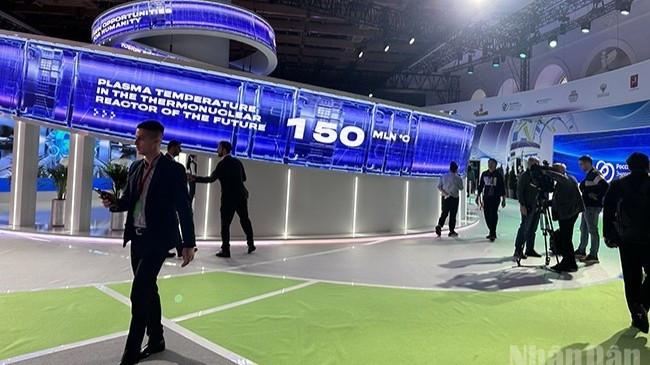
Playing a vital role in the economy , electricity is an indispensable factor for countries to maintain social stability, promote digital transformation and sustainable growth. However, rapidly increasing demand is posing a major challenge in ensuring supply.
According to a report recently released by energy company Rystad Energy, in just the next 10 years, global electricity demand could increase by about 30%. Notably, the challenge comes not only from meeting enough supply for basic consumption, but also from operating key industries that cannot develop without a strong and sustainable energy infrastructure. If the bottlenecks in supply and price are not resolved, the "thirst" for electricity could become a "fatal blow" to economies.
Record temperatures, rising industrial demand, electrification and the rise of AI and data centers are driving the surge in electricity demand, with total global electricity consumption set to nearly double the annual average of the previous decade by 2024, according to the International Energy Agency (IEA). AI is seen as a “game changer.”
Data center systems, which are the backbone of AI applications, consume huge amounts of electricity, even exceeding the production and transmission capacity of the power grid system in many countries.
AI has become a factor that governments must consider when determining their national energy security, said IEA Executive Director Fatih Birol. Data centers currently consume about 1.5% of the world's total electricity, and this figure could continue to increase exponentially.
Faced with the "thirst" for electricity, many countries are racing to find solutions to ensure supply. In particular, developing renewable energy is considered an important solution. With huge and sustainable reserves, renewable energy sources not only help solve the problem of energy security but also contribute significantly to slowing down the process of global warming - one of the causes of high electricity consumption. IEA forecasts that renewable energy could account for about 45% of global electricity production by 2030.
Nuclear energy is also part of the solution. Director General of the International Atomic Energy Agency (IAEA) Rafael Mariano Grossi said that nuclear energy plays an important role in meeting the rapidly increasing demand for electricity in the era of explosive development of AI, data centers and digital transformation. With its stability, low carbon emissions and continuous production capacity, nuclear energy is considered the perfect "piece" to fill the gap in the current energy picture.
Realizing that potential, many countries have simultaneously accelerated the development of nuclear power, especially when production technology is increasingly advanced and safe. Identifying nuclear energy as the main energy source, South Korea is focusing on developing next-generation nuclear reactors. In 2024, nuclear power will account for the first time for the largest proportion of South Korea's electricity generation industry.
The US Department of Energy has launched the Nuclear Reactor Pilot Program, marking an important step forward in the effort to realize President Donald Trump's vision of securing electricity supply to make the US a leader in the global AI race. Along with the US and South Korea, many countries are also actively developing this potential energy source. According to statistics, there are currently more than 20 countries aiming to triple their nuclear power capacity by 2050 and dozens of others are developing civil nuclear power programs with the support of the IAEA.
The world economy is transforming rapidly, ensuring electricity supply is an urgent requirement for countries to maintain the lifeblood of the economy and develop modern industry.
Updated November 5, 2025
Source: https://laichau.gov.vn/tin-tuc-su-kien/chuyen-de/tin-trong-nuoc/huyet-mach-cua-nen-kinh-te.html


![[Photo] Prime Minister Pham Minh Chinh receives the delegation of the Semiconductor Manufacturing International (SEMI)](https://vphoto.vietnam.vn/thumb/1200x675/vietnam/resource/IMAGE/2025/11/06/1762434628831_dsc-0219-jpg.webp)
![[Photo] Closing of the 14th Conference of the 13th Party Central Committee](https://vphoto.vietnam.vn/thumb/1200x675/vietnam/resource/IMAGE/2025/11/06/1762404919012_a1-bnd-5975-5183-jpg.webp)




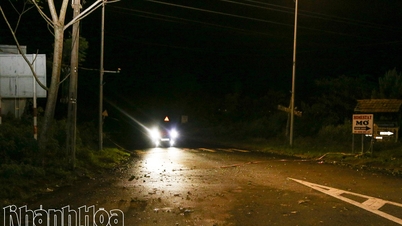
























































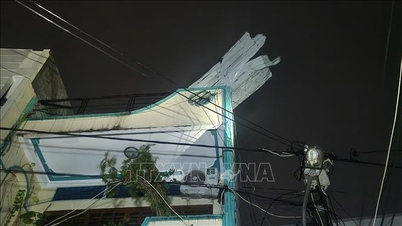

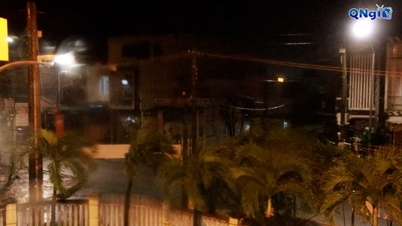


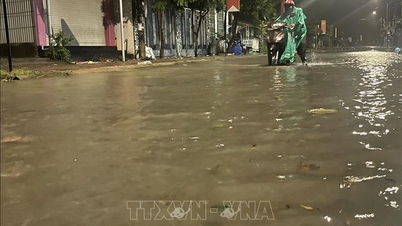

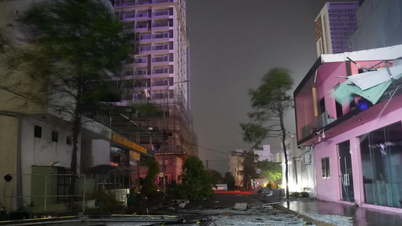



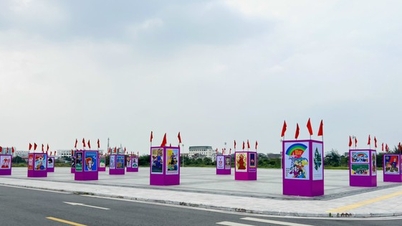






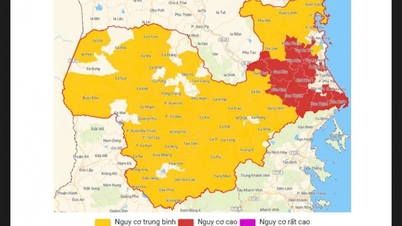

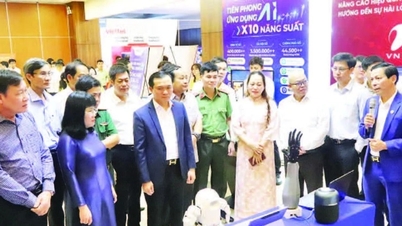















Comment (0)